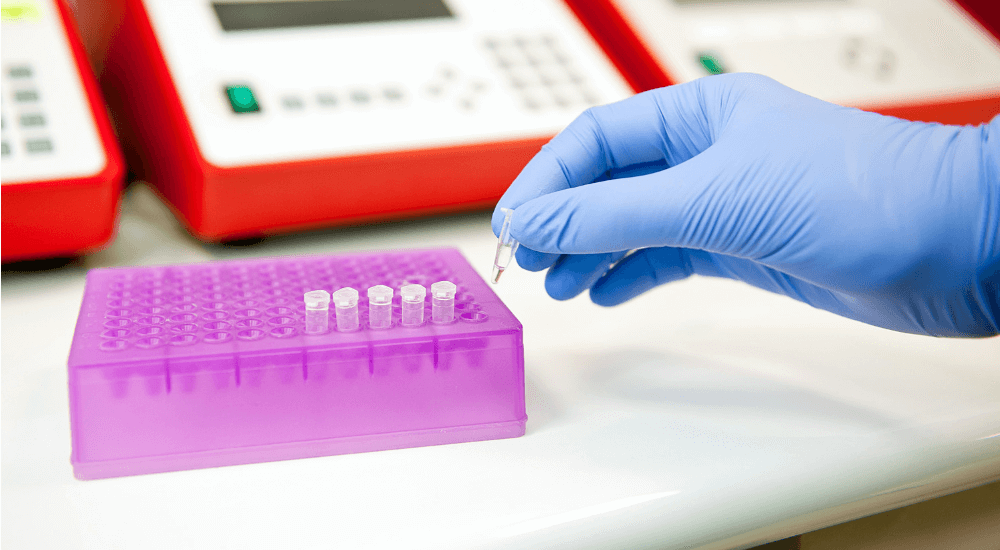Although it is occasionally made light of on some television programmes, DNA paternity testing is actually very sophisticated science that provides life-altering answers to participants. It’s hard to believe that reliable results have only truly been available to everyone for just a few short decades, but it’s true. Here is a brief look at paternity testing through the years.
1920s: Blood Typing
Some people will be very surprised to know that the first cases of paternity testing happened in the 1920s, with the advent of blood-type testing. Four distinct blood types were identified: A, AB, B, and O. As blood types are genetically inherited, it was in some cases possible to exclude a father if the child’s blood type did not match either the father or the mother. It could not provide absolute proof of paternity, but in some cases it could provide proof that the father and child were not genetically related.
1960s and 1970s: Here Comes DNA
It was not until the 1960s that any form of accurate genetic paternity testing became available with the arrival of HLA typing. This type of paternity test compared the genetic fingerprints of white blood cells between a child and their biological father. While these tests don’t give the same accuracy as a modern paternity test, they were achieving an 80% accuracy. What these tests couldn’t do was to distinguish between individuals that were close relatives.
More accurate testing began in the 1970s when the first restriction enzyme was isolated.
1990s: Ground-breaking Analysis Using PCR
Reliably-accurate testing was not available until the 1990s, when a process called PCR (Polymerase Chain Reaction)—actually developed a decade before—was utilised in testing. This is the testing process that is used today, not only in paternity testing, but also as the ultimate method of identification of an individual globally—particularly for law enforcement.
How PCR Works
Because DNA is so infinitesimally small, an effective way to duplicate (and therefore enlarge a given sample) of DNA is necessary. Polymerase Chain Reaction, or PCR, is a technique that allows the generation of millions of copies of targeted areas (loci) in the DNA. PCR harnesses the cell’s ability to replicate DNA before cell division, but in a test tube. PCR is used commonly in the scientific community to perform a number of different tests and is used by DDC for paternity testing. Once the DNA is extracted, it is combined with chemicals to support the PCR reaction. These chemicals include primers, which are small pieces of synthetic DNA labeled with florescent tags that flank the region, as well as the DNA building blocks (A, T, C, G), and an enzyme to support the replication of the DNA.
For paternity testing, DDC uses a multiplex PCR reaction that tests 21 different locations (loci) in the DNA at once. This is accomplished using an instrument known as a thermocycler that heats and cools the DNA. Each round of heating and cooling doubles the amount of DNA at the target locations, so that—after 28 cycles of heating and cooling—over a million copies of each strand of DNA are present and ready to be analysed.
Comparing the DNA profile of child with an alleged parent using PCR can show whether one of them was derived from the other. This is why modern paternity testing is so reliable compared with previous efforts.
These Are Fortunate Times
Thanks to these scientific advances through the decades, families can now get answers to biological-relationship questions more reliably, more quickly, and definitely more affordably than could have ever been imagined just a few generations ago.
If you need additional information about a DNA paternity test or want to order, contact our experienced customer-service team on 0800 009 2969.

